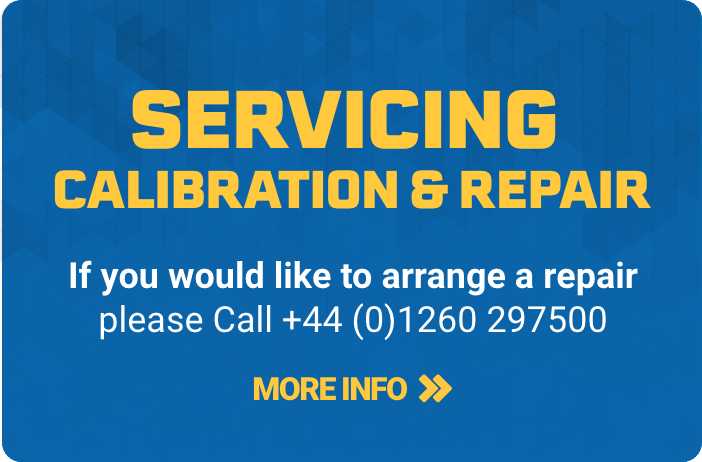Let’s face it, not every spanner is built the same, and that’s sort of the point. Whether you're working under the bonnet, fitting a kitchen tap, or tweaking machinery on-site, the type of spanner you grab can really make or break the job.
So, what makes one better than another? A bit of shape, a bit of size and a lot to do with access and grip.
This guide breaks down 16 different spanner and wrench types – some you’ve probably used, others you might not have heard of and gives you a simple look at where they fit best. From compact keys that fit in your pocket to torque-heavy tools built for stubborn bolts, here’s what each one does and where they shine.
Everyday Essentials: Open-End, Double-End & Combination Spanners
You’ll spot these three in almost every toolkit – and for good reason. They’re easy to handle, fit most fasteners and cover a fair chunk of everyday jobs. That said, they each have their own edge.
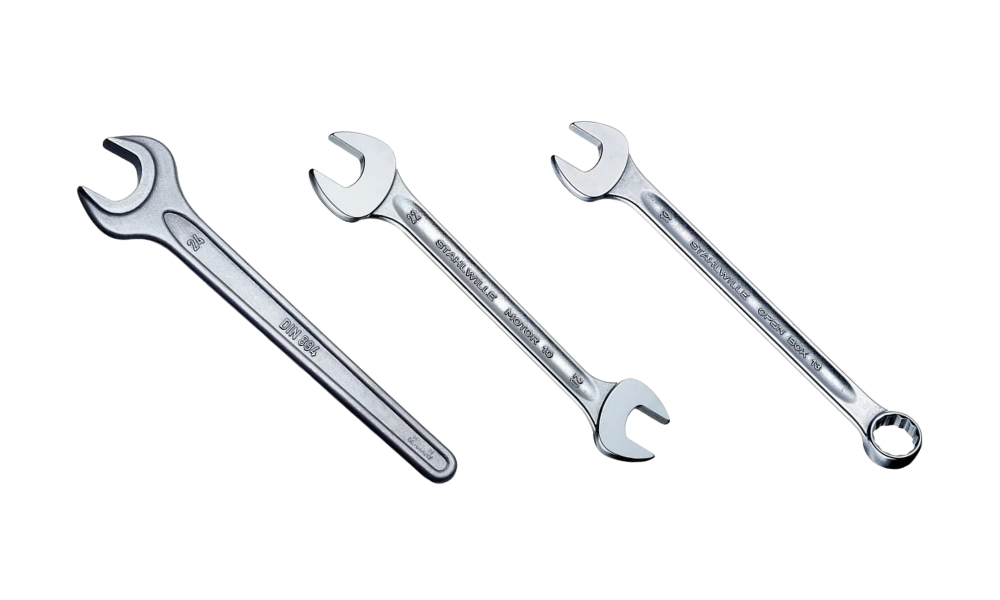
Open-End Spanners
Quick to grab, easy to turn. The open-end spanner grips two opposite sides of a bolt or nut and is usually angled at around 15 degrees. That little tilt helps you turn fasteners in tighter spaces, such as under sinks or inside panels.
If you’re working near live electrics, insulated versions like the Bahco 21mm Insulated Open-End Spanner can be a solid shout because it is safe up to 1,000 volts. Alternatively, if you require spanners of multiple sizes, then consider an open-end spanner set.
Double-End Spanners
Basically a two-headed version of the open-end, this one offers a second size on the other end – perfect if you’re working on a couple of bolt sizes in the same area. The Bahco 30mm & 32mm Double-End Spanner is a good example, made from tough alloy steel with a corrosion-resistant coating.
Combination Spanners
One end open, one end looped and both ends fit the same fastener size. Combination spanners are brilliant when you want to start loosening a bolt with the open end, then finish the job with the ring for a tighter grip and can also be bought as a set.
Deep Access Tools: Box, Socket & T-Socket Spanners
Sometimes the bolt is in an awkwardly placed spot, surrounded by other parts or buried in a tight cavity. That’s where these three spanners come into play.
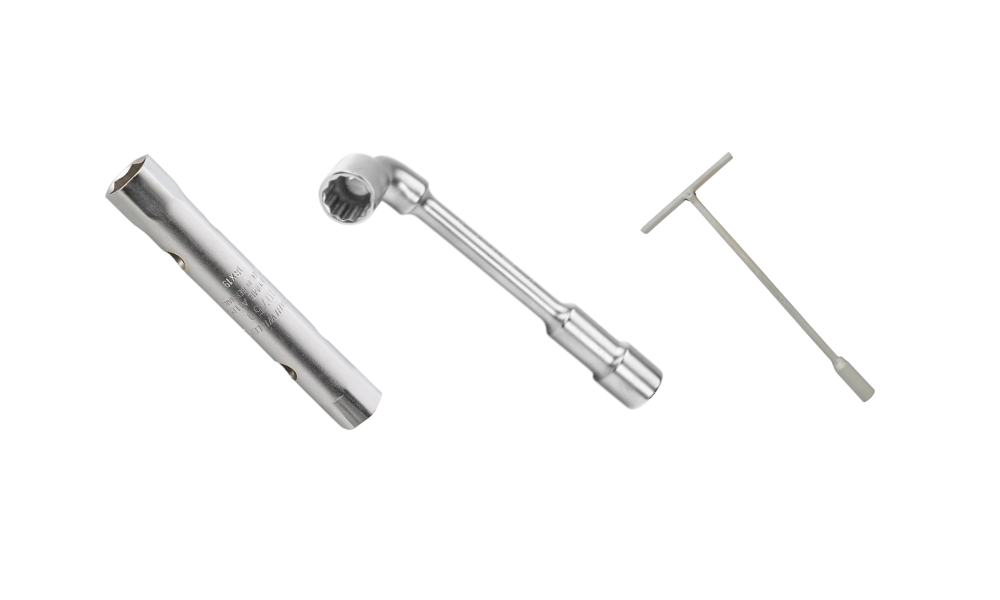
Box Spanners
Shaped like a metal tube, the box spanner fits snugly over nuts and bolts, touching all sides for a solid grip. What makes it work? A Tommy bar, which is a rod you slot through the side holes to get turning power. It's a bit like winding a tap handle, only you're unfastening something far less forgiving.
Most box spanners are made for hex-shaped fasteners and tend to come with two profiles – one at each end. If you're near electrics, an insulated version with a fixed T-bar is worth looking into.
Just don’t forget: if you’re buying one on its own, check to see if the Tommy bar is included.
Socket Spanners
Now, this one’s a cousin of the box spanner, but with more flexibility. It uses a square hole for attaching a handle, such as a ratchet and the other end locks onto the bolt like a round socket. Think of it as the go-to for fast, repetitive tightening jobs, especially on machinery or car engines.
T-Socket Spanners
If you need depth and comfort in one tool, the T-socket is your mate. It’s got a fixed T-handle for leverage and fits into deep recesses. With a solid ergonomic feel, it’s often used for loosening rail wrenches or bolts tucked away out of reach.
Tight Spot Helpers: Crows Foot, Allen & Magneto Spanners
Not every job gives you room to swing a spanner. When the space is cramped or the angle’s awkward, these tools step in.
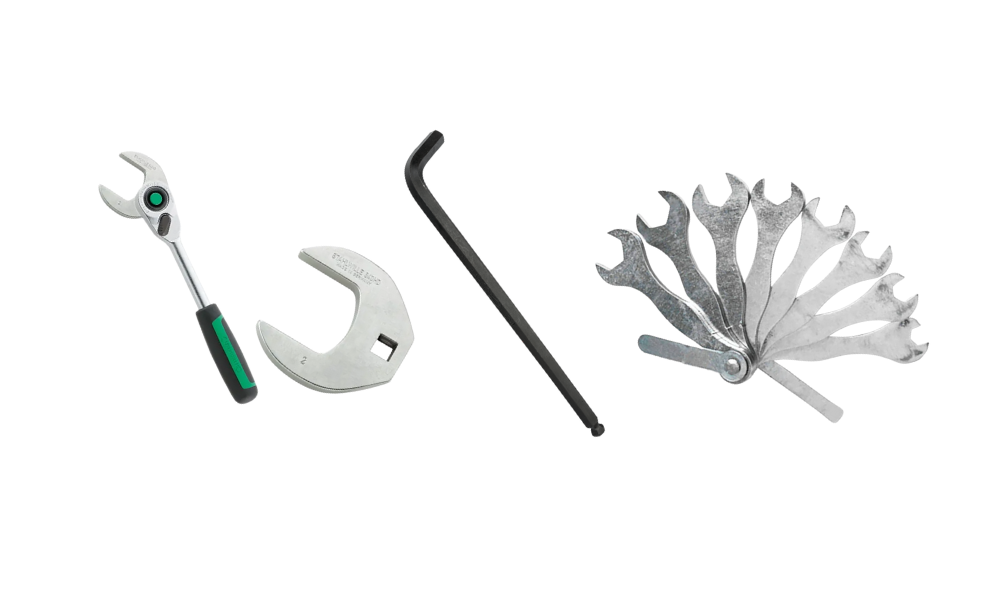
Crows Foot Spanners
Imagine an open-end spanner but with no handle. That’s your crows foot spanner. It slips into tight spots where a standard spanner just can’t reach. You pair it with a ratchet or torque wrench, giving you control even around engine bays or behind pipework.
There are a few versions:
- Adjustable: Covers a wider size range, handy if you’re packing light.
- Self-adjusting: Spring-loaded for a tighter fit, which is ideal when applying heavy torque.
- Flared: Commonly used on brake lines or hydraulic connections.
- Open-end variant: Versatile and often used by auto techs.
Allen Keys (Hex Keys)
Simple but brilliant. The Allen key is that L-shaped tool that turns socket-head bolts, often found in flat-pack furniture and bike assemblies. The shorter end slips into tight spots, whilst the longer end gives you more leverage.
The Klauke Folding Allen Key Set includes sizes from 2mm to 8mm. It is compact, handy and folds away like a penknife. There are plenty of other hex key sets available as well, in various set-ups.
Magneto Spanners
These are a bit of a niche pick. Small, linked open-end spanners designed for working on magnetos and ignition parts, mostly in vintage engines or small motors. Usually numbered by size (1 being smallest, 8 the largest), they’re often bundled with a screwdriver, too.
They’re not for everyone, but if you’re doing fine, fiddly work, they could be exactly what you need.
Ringed Tools for Strong Grip: Ring, Ratchet & Torx Spanners
Sometimes you need more grip than an open-ended tool can offer, especially if you’re working with stubborn or slippery bolts. That’s where these three really earn their keep.
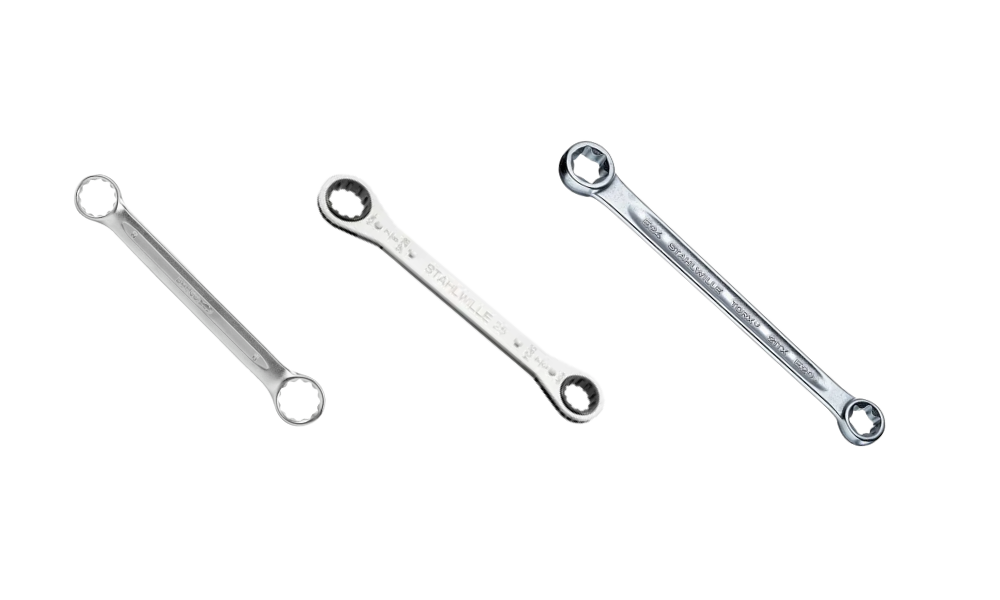
Ring Spanners
These have a closed-loop head that wraps around the fastener, making them less likely to slip off mid-turn. They’re double-ended and usually set at an offset angle, so you can work in tight or recessed spaces.
The most common version of the ring spanner is the bi-hex, with 12 points inside the ring that grip hex or square nuts from multiple angles. They’re smooth, efficient, and cut down on knuckle-bashing. For something long-reaching, the Stahlwille Deep Bi-Hex Ring Spanner Set is a solid pick, however there are many ring spanner sets available.
Tip: If you’re using one on a square fastener, go one size up by 25% – that’ll give you the right fit.
Ratchet Spanners
Think of this as a ring spanner with a twist because it turns the bolt in one direction while letting you flick it back without removing the ratchet spanner from the bolt, making it faster and less fiddly, especially when you’re working in a tight spot.
Some ratchet spanners come with interchangeable heads or dual-size ends like the Stahlwille 11mm & 10mm Ratchet Spanner, which is great for switching sizes on the fly. There are also a range of ratchet spanner sets with various sizes included.
Torx Spanners
If the bolt looks like a 6-point star, it needs a Torx spanner. These spanners grip tight and stop the tool from slipping or camming out when heavy torque’s involved. You’ll spot them in automotive work, electronics and anything with factory assembly.
The Stahlwille E20 & E24 Torx Spanner is tough, precise, and made for heavy hands.
Specialists’ Favourites: Pin, Hook, Basin & Slogging Spanners
Now and then, a regular spanner just won’t cut it. These four are more specialist, but if you know what you’re looking for, they’ll do the job better than anything else.

Pin Spanners
Also called pin keys, the pin spanner is mostly used when attaching grinder power tools and abrasive grinding pads together. It is used for fasteners called ‘lock nuts’, which have two holes in the head for the spanner’s pins to be inserted into. This enables the fastener to be turned.
There are different designs which provide the same results, such as the adjustable pin spanner. Usually, a pin spanner contains a hole so it can be attached to lanyards or other tools. Others sometimes have an additional hole, which can be used for flat-sided fasteners.
When looking for the right pin spanner, two different sizes are usually given, and these are the distance between the central points of both pins and the diameter of the pins. The diameter tends to be between 2.9mm-10mm, and the distance between the pins is usually between 10mm-230mm.
Hook Spanners
Perfect for ring nuts or round collars without flat edges. The hook at the end catches a notch or edge, so you can twist the fastener. They’re often used in motorbike maintenance or machinery servicing.
The Stahlwille Adjustable Hook Spanner covers 20mm to 42mm and only weighs 90g.
Basin Spanners
A go-to for plumbing jobs. These have two offset jaws and a long shaft that reaches behind sinks or into awkward corners. One jaw is spring-loaded, so it grips automatically, while the other is fixed to the shaft. Turn the handle, and you get steady torque.
The Bahco 10mm–32mm Basin Spanner is a great example – reliable and adjustable.
Slogging Spanners
Big, bulky and built to be hit, slogging spanners (or hammer wrenches) are used with a hammer to apply serious force. They’re ideal for freeing rusted or over-tightened bolts, especially in industrial settings.
Quick Comparison Table
Here’s a snapshot to help you pick the right spanner, especially if you’re just trying to get the job done without overthinking it:
| Spanner Type | Key Feature | Best Use |
| Open-End | Simple grip, angled head | Quick jobs, tight spaces |
| Combination | Open and ring ends (same size) | Start-loosen & final-tighten tasks |
| Socket | Attaches to handle/ratchet | Fast turning, repetitive work |
| Crows Foot | No handle, fits in tight spots | Engine bays, hidden bolts |
| Allen Key | L-shaped, fits hex sockets | Furniture, bikes, machinery |
| Ring | Wrap-around grip, bi-hex shape | Stubborn bolts, secure grip |
| Basin | Long shaft, spring jaw | Plumbing – behind sinks |
| Slogging | Hit with hammer | Industrial, stuck bolts |
Buying Advice for First-Timers
If you’re just starting out, whether for a home project or building your kit as a trainee, picking the right few spanners can save you both hassle and space.
Here’s a solid base to start with:
- Combination Spanner Set
- Socket Set with Ratchet Handle
- Adjustable Crows Foot Spanner
- Allen Key Set
Look for good build quality, then chrome alloy or steel is common because of their durability. It’s not just about how they work today, but how they hold up five years down the line.
Maintenance Tips
Spanners aren’t complicated, but a little care keeps them working longer and saves you money on replacements.
- Wipe down after use
- Dry fully before storing
- Store in a case or wrap
- Avoid over-tightening
- Check insulated tools regularly
Treat your tools well, and they’ll keep your knuckles safe and your jobs running smoother.
The right spanner doesn’t just make the job easier, it also makes it quicker, safer and far less frustrating. Whether you’re tightening a tap, tuning a motorbike or assembling a new shelf, choosing the right tool makes all the difference.
Heamar stocks a wide range of spanners from basic open-ends to insulated, torque-friendly spanners made for serious work. So, whether you’re kitting out your first toolbox or upgrading your current set-up, you’ll find the hand tools you need to get things sorted.










